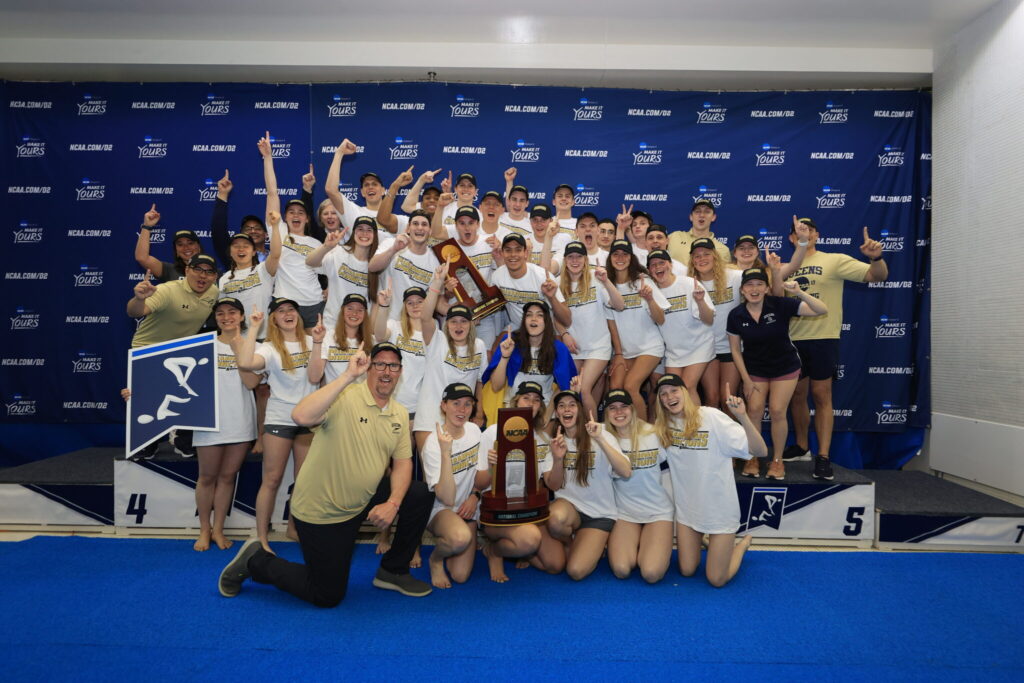The NCAA has changed the timelines for schools wishing to move from Division II to Division I from four years to three years, a move that has long been requested by transition candidates claiming that they don’t need four years to meet the benchmarks laid out by the transition process.
Schools reclassifying from Division III, which doesn’t offer scholarships, to Division I will still have to wait four years. Those moves are much less common – the only one currently in process is St. Thomas University in Minnesota, as compared to 8 schools currently reclassifying from Division II.
This means that colleges transitioning from D2 will no longer have to tell an entire four-year generation of recruits that they are unable to participate in NCAA Championships (though proposed NCAA regulations to add a fifth year of eligibility on a permanent basis might change that anyway).
Schools currently reclassifying can reduce their time from four years to three years if they meet all other criteria.
Current Colleges In Progress of Reclassifying (And Year of Full Membership Under Prior 4 Year Rules)
| School | Year of Full Membership (old plan) | Previous Division | Swimming? |
| University of St. Thomas | 2025-2026 | D3 | M&W |
| Lindenwood | 2025-2026 | D2 | |
| East Texas A&M | 2026-2027 | D2 | No Swimming |
| Queens Universityf | 2026-2027 | D2 | M&W |
| University of Southern Indiana | 2026-2027 | D2 | |
| Stonehill College | 2026-2027 | D2 | Women Only |
| Le Moyne College | 2027-2028 | D2 | M&W |
| Mercyhurst University | 2028-2029 | D2 |
Swimming Dropped a Decade Ago |
| University of West Georgia | 2028-2029 | D2 | No Swimming |
Other recent high profile D2-to-D1 reclassifications include UCSD, which is in their first season of full Division I membership. The four year sit out period cost them qualifications for swimmers who otherwise would have qualified.
The reclassification overhaul also includes new objective measures for reclassification that ensure schools aren’t entering on the bottom rung of the ladder. Among those rules:
- They must be above the 10th percentile of Division I members in scholarship offerings
- They must be above the 10th percentile of Division I members in academic measures like APR or graduation rates.

